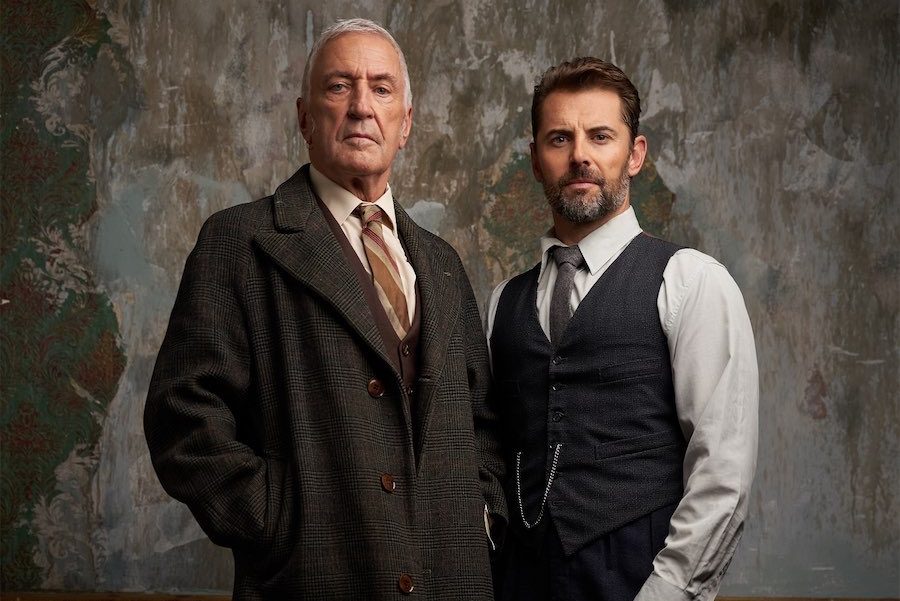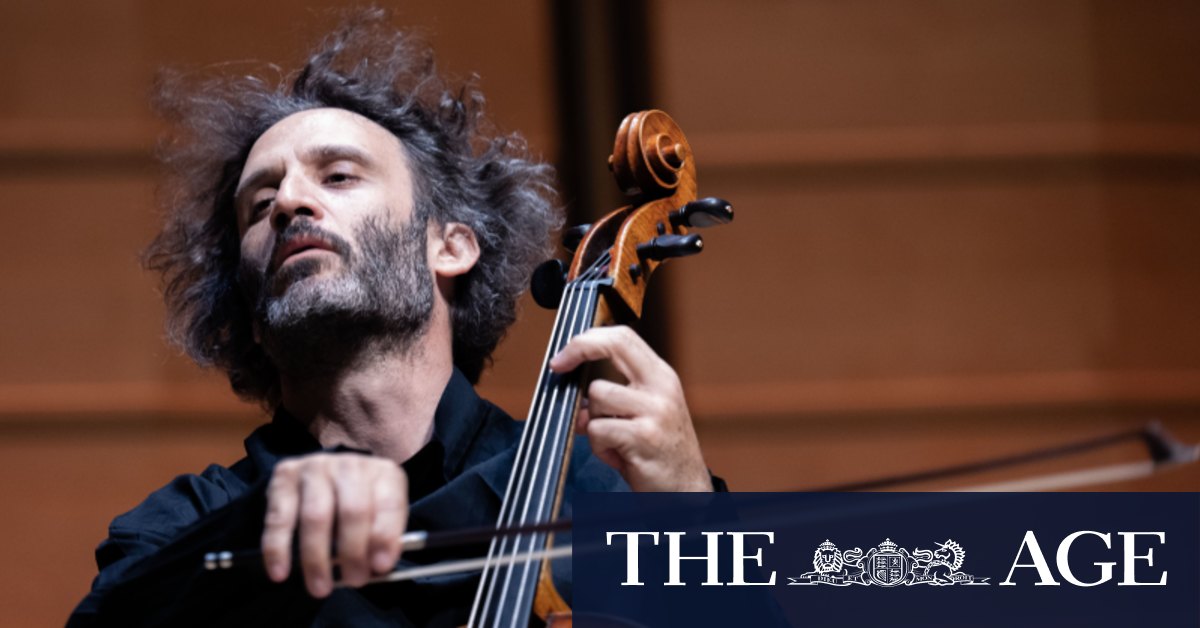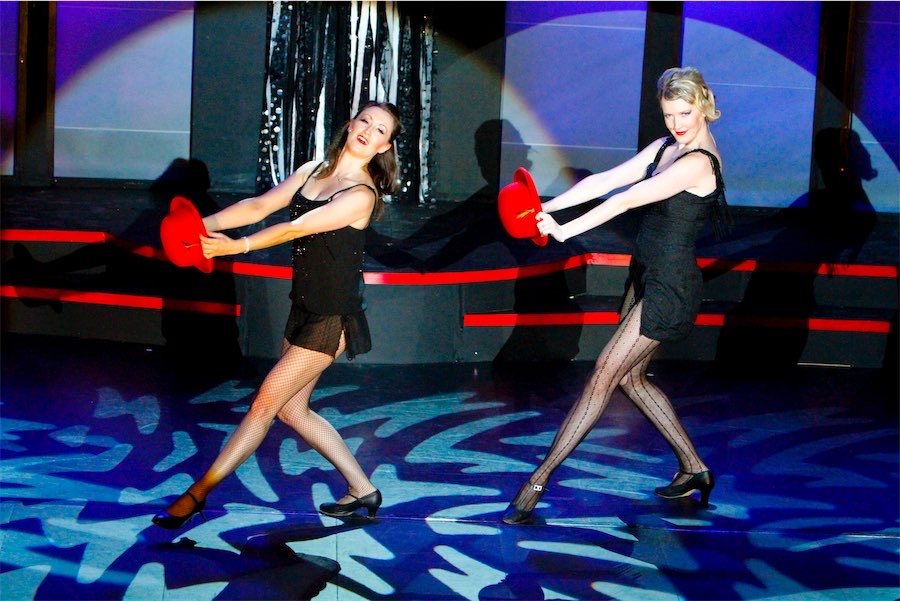Music / Afternoon Baroque with Historical Instruments, Kotaro Nagano. At Wesley Music Centre, June 15. Reviewed by ROB KENNEDY.
Kotaro Nagano, the winner of the second Australian International Chopin Piano Competition, is not only a skilled harpsichordist but also a maker of these instruments.
Fascinated by Wesley’s collection of historical instruments, Nagano revived the music of early times by playing harpsichords of different eras.
Opening with two pieces from Bach’s The Well Tempered Clavier, Book I, what was immediately noticeable was his legato shown in the No.1 in C Major. It was as even as I’ve ever heard it on any piano. Remembering that the harpsichord has no pedal that helps join the notes together.
The French Double manual he started on stood next to the Flemish Muselar: Virginal, and next to that the cute, upright clavicytherium. Seeming able to extract extra dynamics out of the French double, the BWV 992, a Capriccio, sounded completely joined and flowing.
Listening to the sound of a harpsichord speaks history. It speaks connection, not to just a style, but to a period and perhaps a sensibility. Call it refined, call it intimate, I call it an instrument of rare depth, but listening through today’s ears, it could be heard as one of style over substance. Its inability to hold notes and have any real degree of changing dynamics is perhaps not suited to the majority of modern ears. But for me, that makes it all the more special as it is unique, and there’s not much of that any more.
The Italian Concerto, by Bach in F Major, BWV 971, engaged both sets of strings plus the mute, which highlighted the tonal difference a harpsichord is capable of, unlike most instruments that cannot change their sound. The playing, elegant and sensitive.
After the interval and on the Virginal, five pieces by the Dutch composer Jan Pieterszoon Sweelinck (1562-1621). While only around a four-octave keyboard, the depth of sound is still pleasing because of the design of the instrument. Shaped like a coffin, it allows the sound to travel along its length, producing a good bass and even treble. The music fitting the instrument perfectly.
For the final part of the concert, it was on to the clavicytherium. Its delicate shape and design is reflected in the sound it produces, not dissimilar to a lute. With only a three-octave span, and the soundboard right in the player’s face, makes for a tricky instrument to perform live on.
With some dance music by Pierre Attaingnant (1494-1551) and two fantasias by Francesco Bianciardi (1572-1607) they rounded off the program in a delicate manner. But Nagano went to an encore on the Virginal with music by the great piano composer, Chopin. A little ditty called Spring.
Hopefully, we can get to hear more concerts of Wesley Music Centre’s David Evans Harpsichord Collection, because they hold a group of instruments that own a fascinating history, and sound.
Who can be trusted?
In a world of spin and confusion, there’s never been a more important time to support independent journalism in Canberra.
If you trust our work online and want to enforce the power of independent voices, I invite you to make a small contribution.
Every dollar of support is invested back into our journalism to help keep citynews.com.au strong and free.
Thank you,
Ian Meikle, editor





